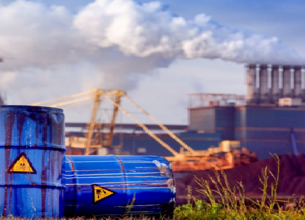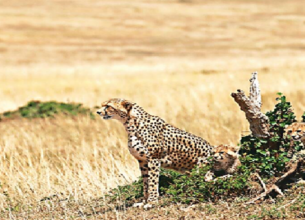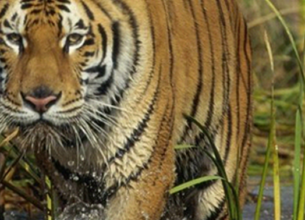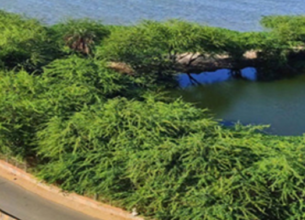WORLD WETLANDS DAY
04, Feb 2020
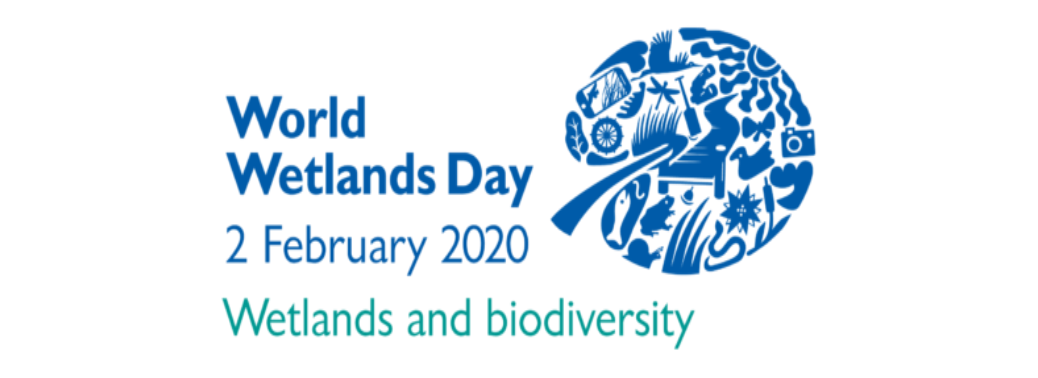
Prelims level : Places in News
Mains level : GS-III Conservation, Environmental Pollution and Degradation, Environmental Impact Assessment.
Why in News?
- World Wetlands Day was recently celebrated worldwide with the theme of ‘Wetlands and Biodiversity’.
About World Wetlands Day:
- World Wetlands Day is celebrated every year on the 2nd of February.
- This day marks the date of the adoption of the Convention on Wetlands on 2 February 1971 in the Iranian city of Ramsar.
- The theme for 2020 is ‘Wetlands and Biodiversity’.
- It was first celebrated in 1997.
What is a Wetland?
- Wetlands are Ecosystems Saturated With Water, either seasonally or permanently.
- They include mangroves, marshes, rivers, lakes, deltas, floodplains and flooded forests, rice-fields, coral reefs, marine areas no deeper than 6 metres at low tide, as well as human-made wetlands such as waste-water treatment ponds and reservoirs.
- Though they cover only around 6% of the Earth’s land surface, 40% of all plant and animal species live or breed in wetlands.
Why Wetlands are Important?
- Wetlands are a critical part of our natural environment. They mitigate floods, protect coastlines and build community resilience to disasters, reduce the impacts of floods, absorb pollutants and improve water quality.
- Wetlands are critical to human and planet life. More than 1 billion people depend on them for a living and 40% of the world’s species live and breed in wetlands.
- They are a vital source for food, raw materials, genetic resources for medicines, and Hydropower.
- 30% of land-based carbon is stored in Peat land. Peat also known as turf is an accumulation of partially decayed vegetation ororganic matter.
- They play an important role in Transport, Tourism and the Cultural and Spiritualwell-being of people.
- Many wetlands are areas of natural beauty and many are important to Aboriginal people.
What are the Threats Faced?
- As per the IPBES (Intergovernmental Science-Policy Platform on Biodiversity and Ecosystem Services)’sGlobal Assessment wetlands are the most threatened ecosystem.
- Wetlands are disappearing 3 times faster than forests due toHuman Activities and global warming.
- According to UNESCO, the threat to wetlands will have an adverse impact on world’s flora and fauna that live or breed in wetlands.
- Major threats are Agriculture activities, development, pollution and climate change.
About IPBES:
- IPBES is an independent intergovernmental body established to strengthen the science-policy interface for biodiversity and ecosystem services for the conservation and sustainable use of biodiversity, long-term human well-being and sustainable development.
- It was established in Panama City (US), in April 2012.
- It is not a United Nations body.
What is the status of Wetlands in India?
- Recently, the Ramsar Convention declared 10 wetlands from India as Ramsar sites taking the total number of Ramsar Sites in the country to 37.
- Wetlands declared as Ramsar sites are protected under strict guidelines of the convention.
- There are currently over 2,300 Ramsar Sites around the world.
- India has over 7 lakh wetlands, covering 4.5% of the country’s area, yet none of the wetlands has been notified under domestic laws.
- Wetlands are regulated under the Wetlands (Conservation and Management) Rules, 2017.
- The 2010 version of the Rules provided for a Central Wetland Regulatory Authority, but new Rules of 2017 replaced it with state-level bodies and created a National Wetland Committee, which functions in an Advisory Role.
- The newer regulations removed some items from the definition of “wetlands” including backwaters, lagoons, creeks, and estuaries.
- Under the 2017 regulations process to identify the wetlands has been delegated to the States.





